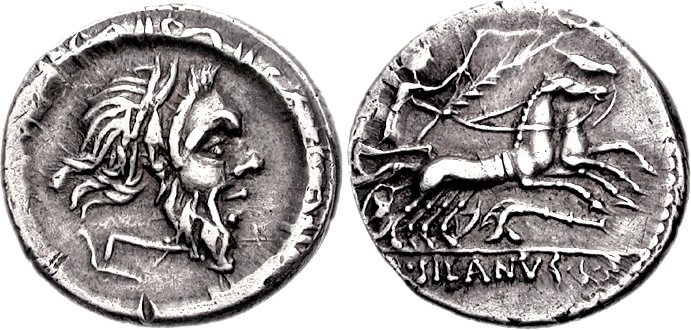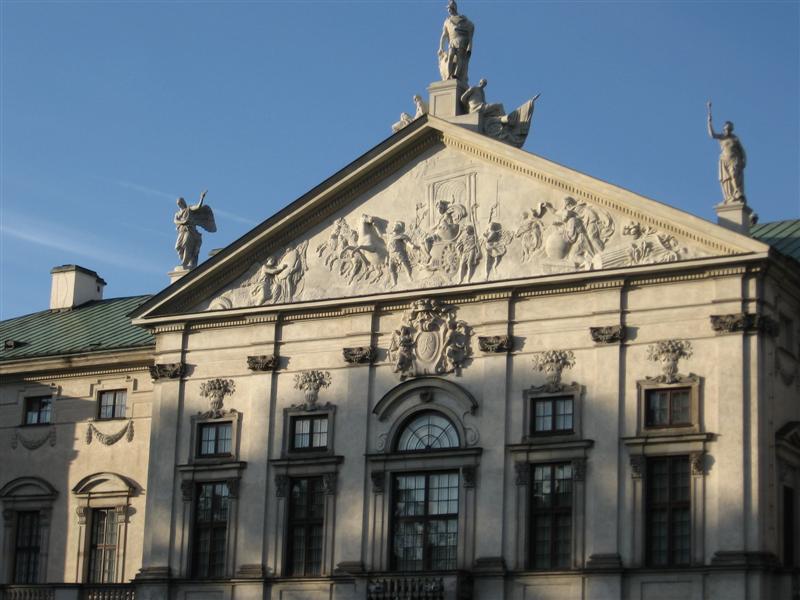|
Pyramid Of Cestius
The pyramid of Cestius (in Italian language, Italian, ''Piramide di Caio Cestio'' or ''Piramide Cestia'') is a Roman Era pyramid in Rome, Italy, near the Porta San Paolo and the Protestant Cemetery, Rome, Protestant Cemetery. It was built as a tomb for Gaius Cestius, a member of the Epulones religious corporation. It stands at a fork between two ancient roads, the Via Ostiensis and another road that ran west to the Tiber along the approximate line of the modern Via Marmorata. Due to its incorporation into the city's fortifications, it is today one of the best-preserved ancient buildings in Rome. Physical attributes The pyramid was built about 18–12 BC as a tomb for Gaius Cestius, a magistrate and member of one of the four great Collegium (ancient Rome), religious corporations in Rome, the ''Epulones, Septemviri Epulonum''. It is of brick-faced concrete covered with slabs of white marble standing on a travertine foundation. The pyramid measures 100 Pes (unit), Roman feet (29.6 ... [...More Info...] [...Related Items...] OR: [Wikipedia] [Google] [Baidu] |
Regio XIII Aventinus
The Regio XIII Aventinus is the thirteenth 14 regions of Augustan Rome, regio of imperial Rome, under Augustus's administrative reform. Regio XIII took its name from the hill which dominated the region, the Aventine Hill, Aventine. Geographic extent and important features Regio XIII not only contained the Aventine Hill, but also the plain in front of it. In extent, this region was bordered by the Tiber River to the west, the Circus Maximus to the north, the ''Vicus Piscinae Publicae'' and the Via Ostiensis to the east, and the Aurelian Walls to the south. Its principal gate through the walls was the Porta Ostiensis. A measurement taken at the end of the 4th century recorded that the perimeter of the region was 18,000 Roman feet (approximately 5.3 km). The region contained a number of temples, including the Temple of Diana (Rome), Temple of Diana (reportedly built by the king Servius Tullius), the Temple of Minerva (Aventine), Temple of Minerva and the Temple of Juno Regina ... [...More Info...] [...Related Items...] OR: [Wikipedia] [Google] [Baidu] |
Barrel-vault
A barrel vault, also known as a tunnel vault, wagon vault or wagonhead vault, is an architectural element formed by the extrusion of a single curve (or pair of curves, in the case of a pointed barrel vault) along a given distance. The curves are typically circular in shape, lending a semi-cylindrical appearance to the total design. The barrel vault is the simplest form of a vault: effectively a series of arches placed side by side (i.e., one after another). It is a form of barrel roof. As with all arch-based constructions, there is an outward thrust generated against the walls underneath a barrel vault. There are several mechanisms for absorbing this thrust. One is to make the walls exceedingly thick and strong – this is a primitive and sometimes unacceptable method. A more elegant method is to build two or more vaults parallel to each other; the forces of their outward thrusts will thus negate each other. This method was most often used in construction of churches, where sever ... [...More Info...] [...Related Items...] OR: [Wikipedia] [Google] [Baidu] |
Aedile
''Aedile'' ( ; la, aedīlis , from , "temple edifice") was an elected office of the Roman Republic. Based in Rome, the aediles were responsible for maintenance of public buildings () and regulation of public festivals. They also had powers to enforce public order and duties to ensure the city of Rome was well supplied and its civil infrastructure well maintained, akin to modern local government. There were two pairs of aediles: the first were the "plebeian aediles" (Latin ''aediles plebis'') and possession of this office was limited to plebeians; the other two were "curule aediles" (Latin ''aediles curules''), open to both plebeians and patricians, in alternating years. An ''aedilis curulis'' was classified as a '' magister curulis''. The office of the aedilis was generally held by young men intending to follow the ''cursus honorum'' to high political office, traditionally after their quaestorship but before their praetorship. It was not a compulsory part of the cursus, and henc ... [...More Info...] [...Related Items...] OR: [Wikipedia] [Google] [Baidu] |
Junius (gens)
The gens Junia was one of the most celebrated families of ancient Rome. The gens may originally have been patrician, and was already prominent in the last days of the Roman monarchy. Lucius Junius Brutus was the nephew of Lucius Tarquinius Superbus, the seventh and last King of Rome, and on the expulsion of Tarquin in 509 BC, he became one of the first consuls of the Roman Republic.''Dictionary of Greek and Roman Biography and Mythology'', vol. II, p. 658 ("Junia Gens"). Over the next several centuries, the Junii produced a number of very eminent men, such as Gaius Junius Bubulcus Brutus, three times consul and twice dictator during the period of the Samnite Wars, as well as Marcus and Decimus Junius Brutus, among the leaders of the conspiracy against Caesar. Although the Junii Bruti disappeared at the end of the Republic, another family, the Junii Silani, remained prominent under the early Empire. Origin ''Junius'', the nomen of the gens, may be etymologically connected w ... [...More Info...] [...Related Items...] OR: [Wikipedia] [Google] [Baidu] |
Consul
Consul (abbrev. ''cos.''; Latin plural ''consules'') was the title of one of the two chief magistrates of the Roman Republic, and subsequently also an important title under the Roman Empire. The title was used in other European city-states through antiquity and the Middle Ages, in particular in the Republics of Genoa and Pisa, then revived in modern states, notably in the First French Republic. The related adjective is consular, from the Latin ''consularis''. This usage contrasts with modern terminology, where a consul is a type of diplomat. Roman consul A consul held the highest elected political office of the Roman Republic (509 to 27 BC), and ancient Romans considered the consulship the highest level of the ''cursus honorum'' (an ascending sequence of public offices to which politicians aspired). Consuls were elected to office and held power for one year. There were always two consuls in power at any time. Other uses in antiquity Private sphere It was not uncommon for an ... [...More Info...] [...Related Items...] OR: [Wikipedia] [Google] [Baidu] |
Publius Rutilius Lupus (consul 90 BCE)
Publius Rutilius Lupus was a consul of the Roman Republic in 90 BC. The Social Wars broke out the year before his consulship. His colleague, Lucius Julius Caesar, was sent out to face the Samnites, while Lupus was to fight the Marsi. He chose Gaius Marius (who was a relative of his) as his senior legate. Marius advised him to train his inexperienced troops more before meeting the enemy in battle, but Rutilius ignored this advice. Rutilius advanced and divided his troops between himself and Marius in order to build two bridges to cross the river Tolenus. The Marsic commander, Titus Vettius Scato, was encamped on the other side. He placed a thin screen of troops near the bridge of Marius and with his main body he lay in wait near Lupus's bridge. The following morning, Lupus fell into the trap and lost most of his army, some 8,000 men; he himself received a fatal wound to the head. Marius noticed bodies floating down the river and so crossed and captured the poorly defended enemy cam ... [...More Info...] [...Related Items...] OR: [Wikipedia] [Google] [Baidu] |
Marcus Valerius Messala Corvinus
Marcus Valerius Messalla Corvinus (64 BC – AD 8 or c. 12) was a Roman general, author, and patron of literature and art. Family Corvinus was the son of the consul in 61 BC, Marcus Valerius Messalla Niger,Syme, R., ''Augustan Aristocracy'', p. 230f. and his wife, Palla. Some dispute his parentage and claim another descendant of Marcus Valerius Corvus to be his father. Valeria, one of his sisters, married Quintus Pedius, a maternal cousin to the Roman emperor Augustus. His great-grandnephew from this marriage was the deaf painter Quintus Pedius. Another sister, also named Valeria married Servius Sulpicius Rufus (a moneyer). Corvinus married twice. His first wife was Calpurnia, possibly the daughter of the Roman politician Marcus Calpurnius Bibulus. Corvinus had two children with Calpurnia: a daughter, Valeria Messalina, who married the Roman senator Titus Statilius Taurus, consul in AD 11; and a son called Marcus Valerius Messalla Messallinus, consul in 3 BC. His second son ... [...More Info...] [...Related Items...] OR: [Wikipedia] [Google] [Baidu] |


.jpg)


